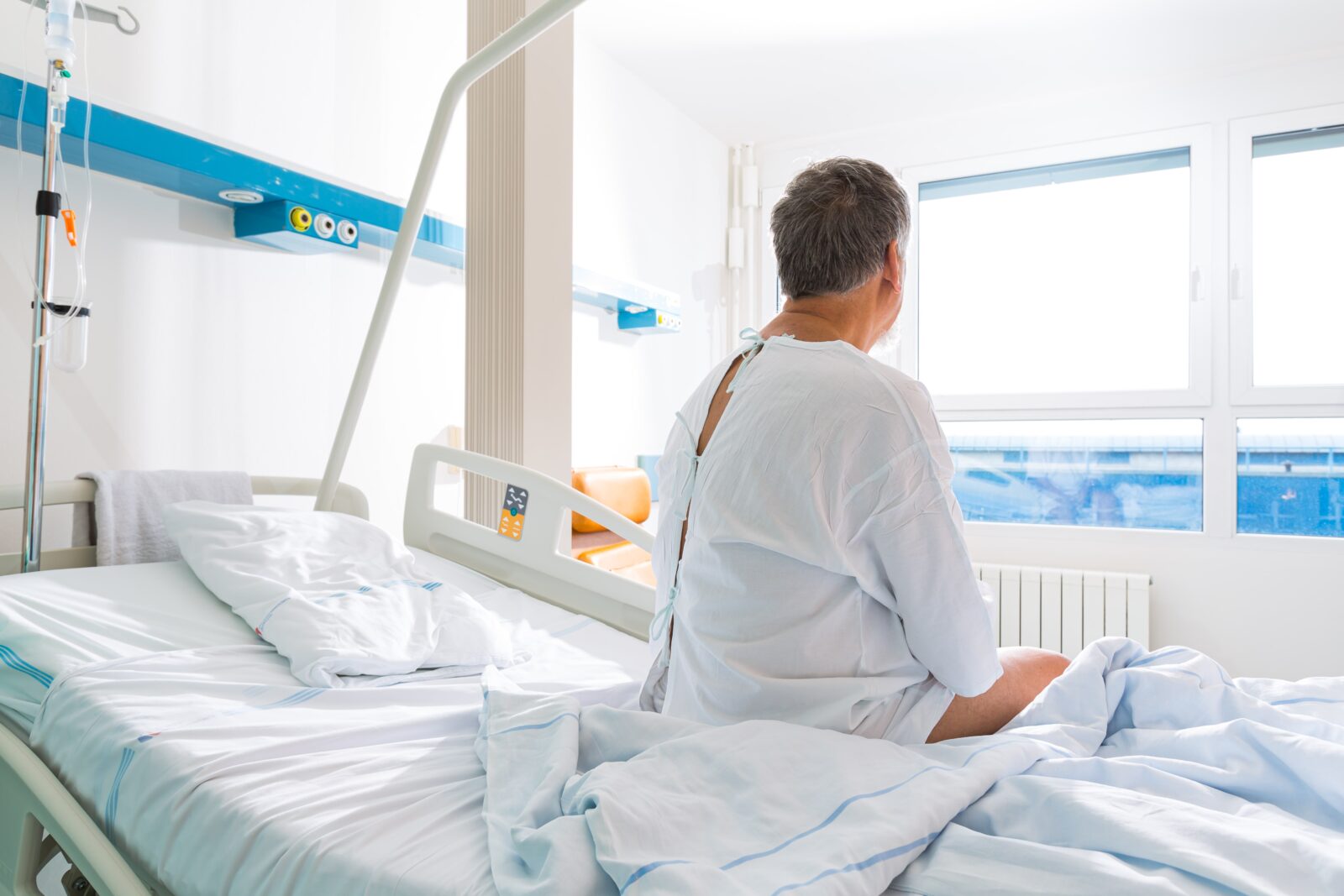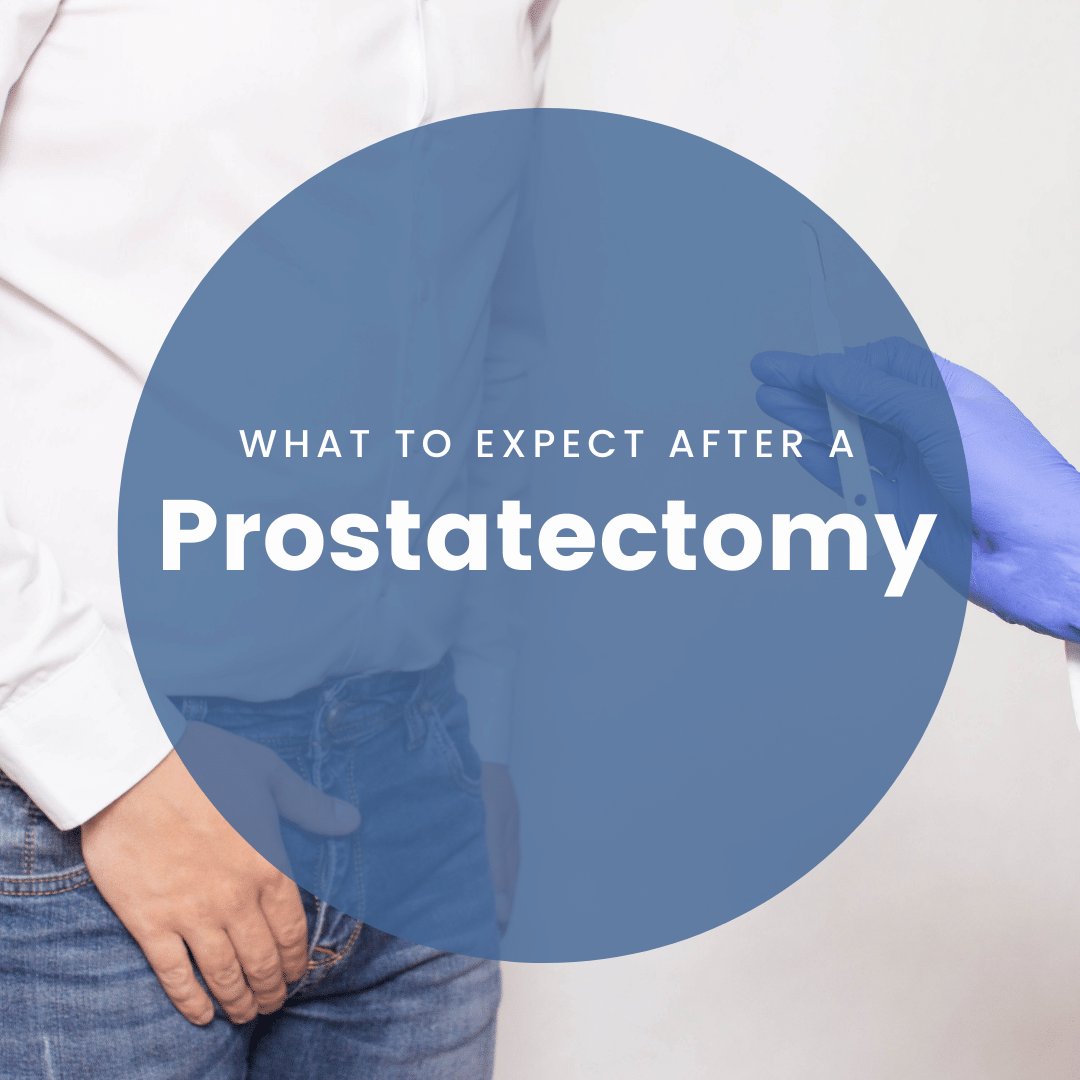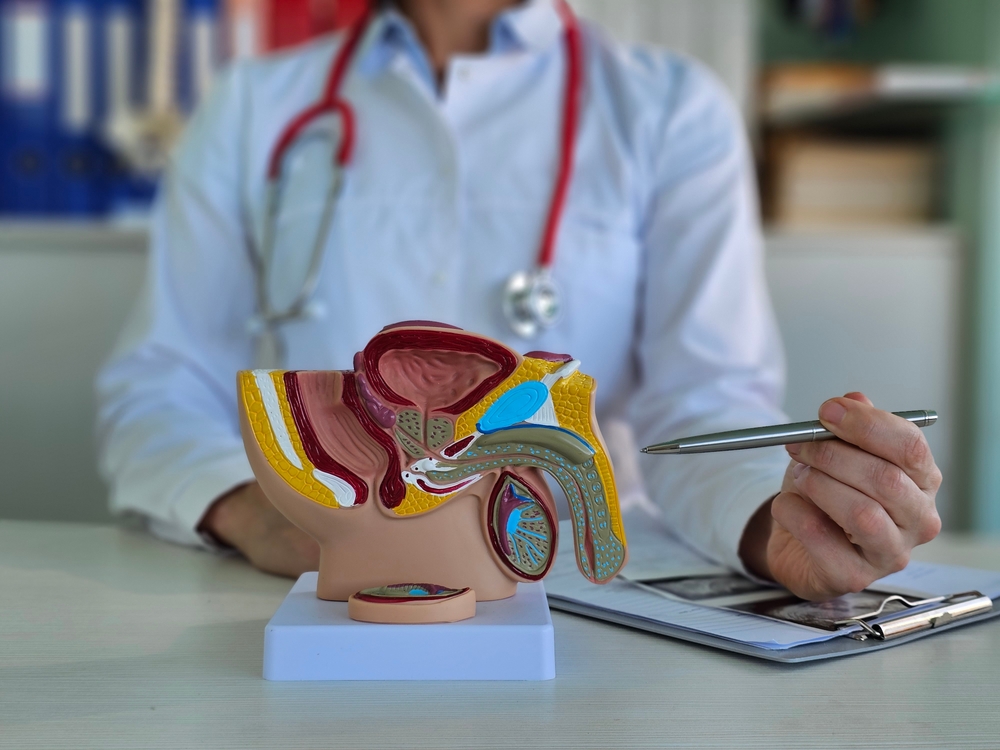A prostatectomy is a surgery that removes the prostate gland. This procedure is often needed when the prostate becomes enlarged and causes problems such as difficulty urinating or painful ejaculation. If you are scheduled for a prostatectomy, it is important to know what to expect before, during, and after surgery. In this blog post, we will provide an overview of the prostatectomy procedure and what you can expect during recovery.
What is a prostatectomy?
The prostate is a small, walnut-sized gland that is located just below the bladder in men. It produces semen, which helps to transport sperm during ejaculation. As mentioned above, a prostatectomy is a surgery that removes all or part of the prostate gland. This procedure is often needed when the prostate becomes enlarged and causes problems such as difficulty urinating or painful ejaculation. It may also be performed to treat prostate cancer.
The prostatectomy procedure, also known as a radical prostatectomy, is typically performed under general anesthesia. This means that you will be asleep during the surgery. The surgeon will make an incision in either your lower abdomen or your perineum (between the scrotum and rectum). They will then remove the prostate gland. The entire surgery usually takes about two hours.
What to Expect After a Prostatectomy

After the surgery, you will likely stay in the hospital for one or two nights. You will have a catheter in your penis to help you urinate. This catheter will remain in place for about 1-3 weeks following surgery. You may also have a drain in your abdomen to remove any excess fluid, however this will be removed the day after surgery.
Once you are discharged, it is important to keep the surgical area clean and dry to prevent infection. As you recover, you can expect to feel some pain and discomfort after the surgery. Your doctor will prescribe medication to help manage this. It is important to take it easy during recovery and avoid strenuous activity, as well as any activity restrictions recommended by your doctor.
Alternatives to Radical Prostatectomy
Did you know that there are alternatives to having a radical prostatectomy to treat BPH? These include:
- Transurethral Resection of the Prostate (TURP): a less-invasive procedure that removes pieces of the prostate using a scope placed through the penis. No incisions are necessary, however you will still have a brief hospital stay and a urinary catheter.
- Prostatic Artery Embolization (PAE): an outpatient procedure that does not require general anesthesia. PAE uses a catheter to inject embolic material into the blood vessels around the prostate. This decreases blood flow to the prostate, causing it to shrink.
- Transurethral Microwave Thermotherapy (TUMT): a minimally invasive treatment for an enlarged prostate. This procedure uses microwave energy to heat the prostate tissue and kill excess cells. The heat from the microwaves also dilates (widens) the urethra, which relieves urinary symptoms caused by an enlarged prostate.
- Rezūm™ Therapy: a minimally invasive treatment for enlarged prostates. Unlike other types of prostate treatments, Rezūm™ therapy actually reduces the size of the prostate to alleviate symptoms. This procedure is performed in-office and only takes about 30 minutes to complete. There is no need for anesthesia or sedation, and you can return home the same day.
In Conclusion
In this blog, we have provided an overview of what to expect after a prostatectomy. We have also discussed some alternatives to this procedure. If you are scheduled for a prostatectomy, or if you are experiencing any urinary symptoms, be sure to talk to your doctor about all of your treatment options.














